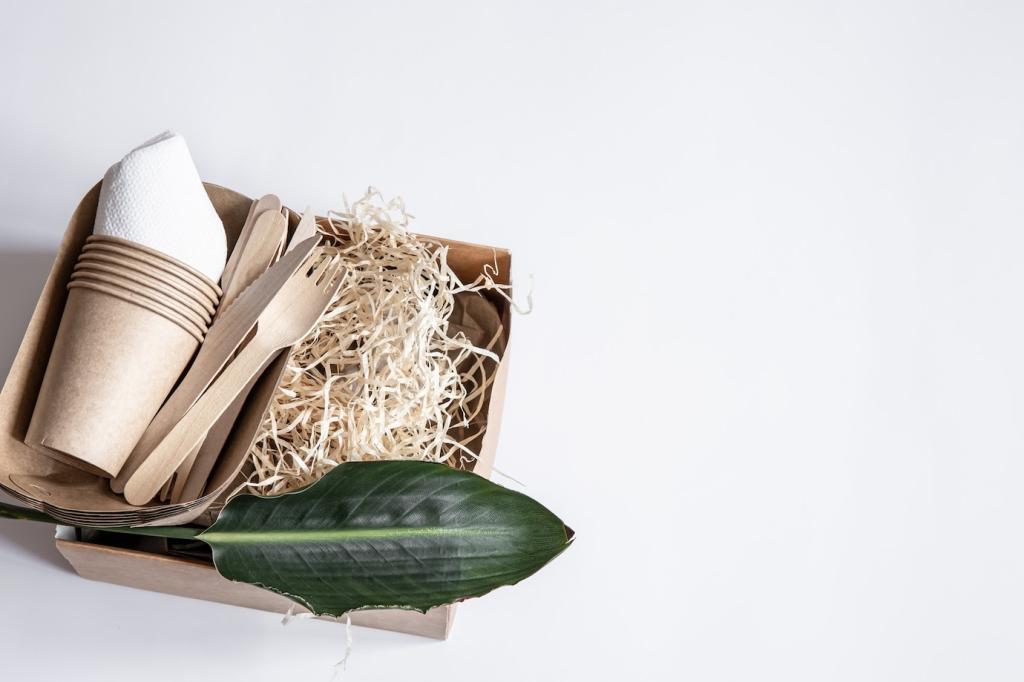The Essence of Sustainable Elegance
Luxury is no longer about excess; it is about intention. When recycled materials are elevated through careful design, their history becomes a feature, not a flaw, delivering an elegant, contemporary presence that honors the planet.
The Essence of Sustainable Elegance
The first time I felt a tabletop made from retired basketball court planks, its subtle scuffs whispered stories of movement and energy. Reuse adds humanity to minimal silhouettes, making furniture emotionally resonant.







